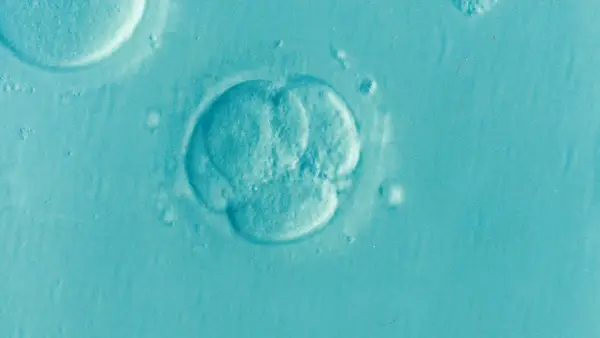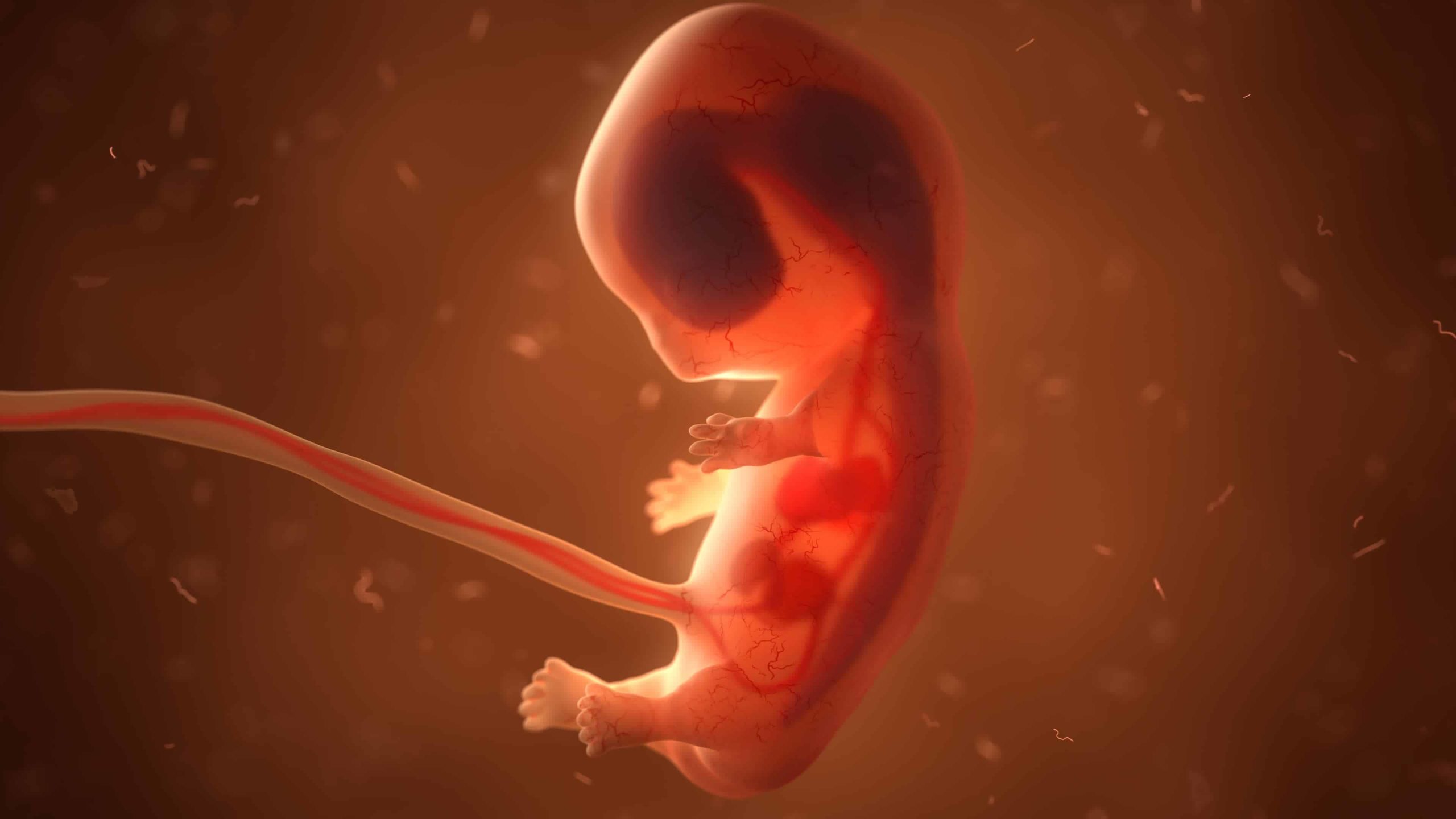(John Vibes) Scientists in Japan could be on their way to creating the first human-animal hybrid embryos. The scientists are planning on bringing the embryo to term, which in theory, would result in a living human-animal hybrid.
Related Humanity Has Become One Massive Genetic Experiment: What Everyone Should Know About GMOs
by John Vibes, July 31st, 2019
According to Nature, the science ministry in Japan has approved a request from a group of researchers who want to grow human pancreases inside of rodents. The scientists moved fast, grabbing the first approval for human-animal experimentation since the government repealed a ban on the practice earlier this year.
Hiromitsu Nakauchi, the lead researcher in the study, told the Japanese newspaper Asahi Shimbun, that his team has been preparing for this experiment for 10 years.
“Finally, we are in a position to start serious studies in this field after 10 years of preparation,” Nakauchi said.

Photo: Pixabay
Previous experiments involving human-animal hybrid embryos were not permitted to proceed to full term, and were exterminated before birth.
Nakauchi explained that they are attempting to genetically engineer animals that don’t produce a specific organ while they are developing, but instead they will make it so the animal grows a human organ in its place. In this case, the organ that they are experimenting with is the pancreas.
Watch Documentary Genetically Modified Children
“We are trying to do targeted organ generation, so the cells go only to the pancreas,” he says.
According to Nature, “The strategy that he and other scientists are exploring is to create an animal embryo that lacks a gene necessary for the production of a certain organ, such as the pancreas, and then to inject human induced pluripotent stem (iPS) cells into the animal embryo. iPS cells are those that have been reprogrammed to an embryonic-like state and can give rise to almost all cell types. As the animal develops, it uses the human iPS cells to make the organ, which it cannot make with its own cells.”
Human-animal hybrid embryo work moves forward, especially in Japan. How much hope is there for organ transplantation via this route? How do we resolve the thorny bioethical considerations? https://t.co/rLJwpDgLbZ
— Paul Knoepfler (@pknoepfler) July 26, 2019
Many ethical concerns have been raised around these experiments, as many people have pointed out that it could be cruel and inhumane to create and raise such a creature specifically for the purposes of harvesting organs.
In 2017, medical ethicist Carolyn Neuhaus told Gizmodo that careful scientific debates should be taking place before this type of technology hits the conventional market.
“I don’t think they’d be worse morally from how we raise pigs for meat, but my hunch is that the way to raise pigs to retrieve organs would require a departure from the way pigs are raised [for research],” Neuhaus said.
IMAGE CREDIT: unlim3d
Stillness in the Storm Editor: Why did we post this?
The preceding information is a news update. In general, staying informed as to events taking place is essential as an individual because it helps you navigate the world, and socially because you can gain and maintain rapport with your fellows. This rapport can be used to share information that can help others and improve the conditions of humanity in general. However, one must learn how to exercise discernment and proper critical thinking so they can make effective use of information gained.
– Justin
Not sure how to make sense of this? Want to learn how to discern like a pro? Read this essential guide to discernment, analysis of claims, and understanding the truth in a world of deception: 4 Key Steps of Discernment – Advanced Truth-Seeking Tools.
Stillness in the Storm Editor’s note: Did you find a spelling error or grammar mistake? Send an email to [email protected], with the error and suggested correction, along with the headline and url. Do you think this article needs an update? Or do you just have some feedback? Send us an email at [email protected]. Thank you for reading.
Source:

Leave a Reply